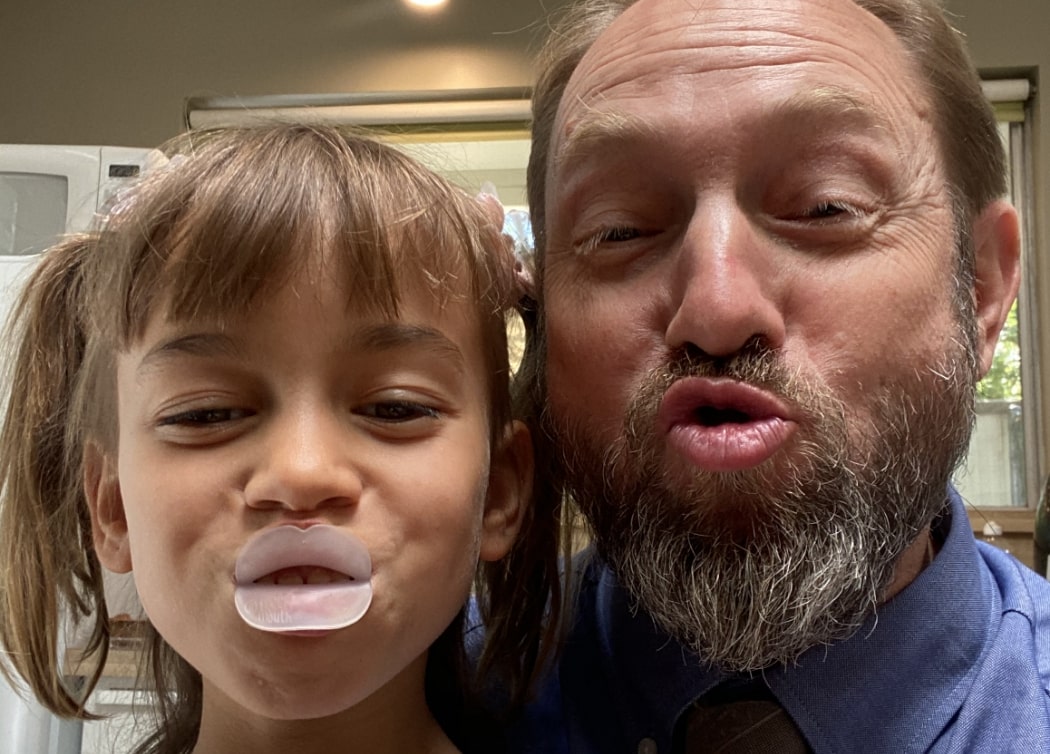Why Skeletal Expansion Is Important
Jaw development plays a crucial role in oral health and airway function. A narrow upper jaw can lead to a restricted airway, forcing individuals to rely on mouth breathing, negatively impacting facial growth and overall health. Skeletal expansion treatments help correct these issues by widening the jaw and ensuring the tongue rests properly against the palate.
Proper jaw expansion can prevent or alleviate conditions such as TMJ disorders, and improper bite alignment. When the jaw is underdeveloped, the airway may become restricted, making it difficult to breathe through the nose. By improving jaw structure, skeletal expansion promotes nasal breathing and better oxygen flow, leading to better overall well-being.
Who Can Benefit from Skeletal Expansion?
Skeletal expansion is an effective treatment for individuals of all ages who experience airway or jaw alignment concerns. Identifying the need for expansion early can prevent complications later in life. Patients who may benefit include:
- Children with narrow palates or dental crowding which can lead to misalignment issues as they grow.
- Adults experiencing jaw misalignment, TMJ discomfort, or breathing difficulties due to a constricted airway.
- Those who struggle with mouth breathing, improper tongue posture, or swallowing difficulties.
By expanding the jaw, patients can achieve a healthier smile, better breathing, improved posture, and enhanced facial harmony.
How Skeletal Expansion Treatments Work
Skeletal expansion treatments use orthodontic appliances to widen the upper jaw gradually. This process encourages proper jaw growth and alignment, creating more space in the mouth and airway.
The Expansion Process
Skeletal expansion is typically achieved using an orthodontic appliance that applies gentle, consistent pressure on the upper jaw. Over time, this pressure encourages the jaw to widen, promoting better breathing and facial development. The process varies depending on the patient’s age, jaw structure, and treatment goals.
For children and teenagers, expansion is often more effective because their jawbones are still developing and can be guided more easily. Adults may require a longer treatment time or, in some cases, a surgically assisted expansion procedure.
Types of Skeletal Expansion Treatments
There are several types of skeletal expansion treatments designed to meet the unique needs of each patient:
- Palatal expanders: These devices are commonly used in children and teens to gradually widen the upper jaw by applying controlled pressure.
- Non-surgical expansion options: For adults, certain orthodontic appliances can be used to encourage expansion without surgery.
- Surgically assisted expansion: In cases where the jaw has fully matured, a minor surgical procedure may be required to facilitate expansion.
Each of these options is tailored to the patient’s specific needs with the goal of achieving effective and lasting results.


